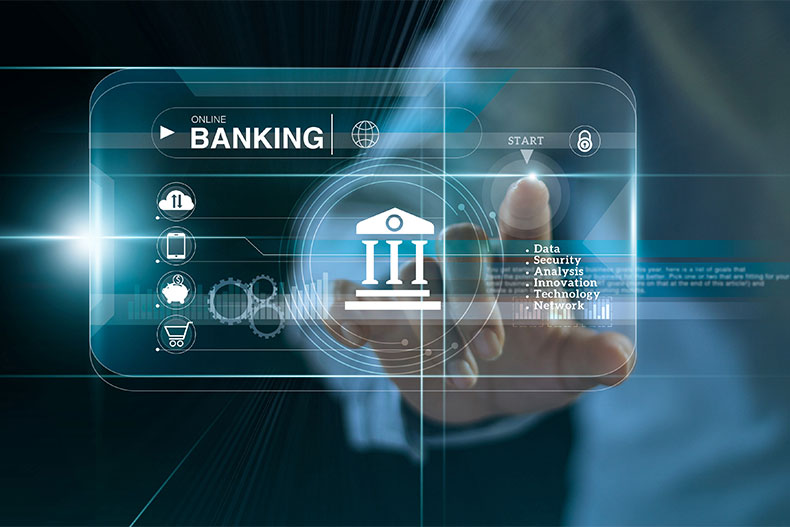When it comes to revenue generation in banking, investments, asset management, debt securities and loans, as well as corporate services often come on top. Meanwhile, despite high returns, transaction banking is usually not viewed on the same level.
Perhaps it’s only a matter of perception or prioritization, but the fact remains that transaction banking has considerable potential in increasing revenue. In fact, with the way the global supply chain moves, the banking and finance industry can expect higher customer demand for faster, more fluid services in the coming years. Cross-border activity alone presents various avenues for growth and diversification.
If you want to maximize transaction banking for revenue generation, it’s a good idea to invest in billing management solutions. Many of these software products enable hassle-free cloud migration, which shortens time to value and creates more flexible billing options. Moreover, billing management solutions are preconfigured and ready to use. This way, you can immediately enjoy benefits such as front- and back-office systems integration, on-demand billing, as well as single-platform management of subledgers, payables, and receivables.
That said, here are just a few ways that transaction banking (together with billing management solutions) can help boost revenue:

Smart, Transparent Pricing
Nowadays, customers expect personalized products and services from brands and companies—even banks. In addition, more customers have also learned the value of transparency in banking. This is not just because of regulatory requirements, but also because finance-savvy clients want to better appreciate the value of the services they’re getting.
Through modern billing management and similar software solutions, banks can create new revenue opportunities based on trust. The technology enables you to set pricing based on different model scenarios, as well as create fairly accurate forecasts that help you adjust services to meet changing needs. Ultimately, this level of commitment to smart and honest pricing can cultivate lasting customer relationships.
Simplified Systems
Through the years, the banking and finance industry have experienced large-scale changes that included various mergers and acquisitions. This meant handling multiple databases, not to mention deciding on which modernization activities to adopt. All of these combined led to a mixed bag of software, data management systems, and processes to handle different transactions. This is not to mention legacy systems that remain to be focused on products rather than the customers.
Modern transaction banking solutions, including billing management, can help address this issue. With a centralized platform, banks will have an easier, more cost-effective, and less error-prone way to manage billing, collections, and pricing. Configurable workflow automation also results in efficiency, creating more opportunities for introducing new products much faster.
Flexible Pricing
One of the best ways to improve transaction banking is to adopt flexible pricing models, including stepped, tiered, or volume-based. Using new management systems can also help you explore more growth areas, thanks to an easier workflow.
Through billing management solutions, you can also manage deal pricing across different categories, such as customer type, geography, line of business, and product. You can also conduct pricing analyses using different what-if scenarios, allowing you to make better pricing decisions and execute smarter implementation strategies.
End-to-End Analytics
No matter what your opinion is about it, big data has been and will continue to be an integral part of banking and finance. In particular, end-to-end analytics is crucial for deal structuring, pricing simulations, tracking commitments, and more. Of course, you also can’t discount the value of deriving insights from customer data.
With proper data sourcing and analysis, banks can create dynamic services with accurate pricing. The best thing here is that by using modern revenue management and billing management solutions, you can automate data gathering and collating. They also shorten data integration and retrieval times. These will give you more time for nuanced analysis, which in turn lets you create and deliver superior products and services.
Better Customer Management
For many customers, a bank is a one-and-done deal. Once they have an account established, they won’t feel the need to change banks—unless they aren’t satisfied with the service. Just imagine how unhappy a customer has to be to even think about undergoing the hassle of closing an account and reopening another.
The key thing here is that transaction banking can and will boost revenue as long as you’re able to properly manage customer relationships. Fortunately, modern banking solutions for billing management and other processes are often capable of integration with CRM software. This means relationship managers can handle processes more efficiently, while those in development can create products that cater to the unique needs of specific types of customers.
Ultimately, efficient transaction banking can strengthen customer relationships, foster loyalty, and open more opportunities for cross- and upselling.
As transaction banking continues to increase revenues for both large and small financial institutions, you can expect more technologies being developed and used for it. As such, it’s only wise to start investing in it as soon as you can. This way, you can capitalize on more opportunities and bring more products to market faster than your competitors.
Investing early in modern solutions also gives you more room to make adjustments just in case forex markets fluctuate and global trade patterns change (which they eventually will). Bottomline? You have everything to gain by making the smart move today.











